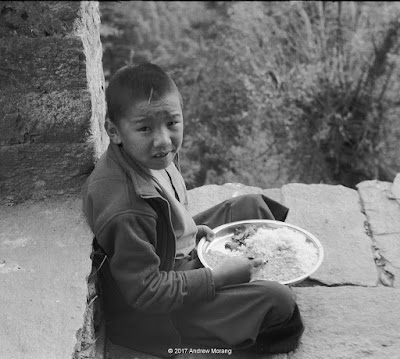From the Heritage Trust:
New Hope Missionary Baptist Church-EstillYou can see the pride that the original founders took in their church from the engraved corner stones.
Nominated by Kendall Aldridge
New Hope Missionary Baptist Church is a rare example of an early twentieth century rural African American Delta church. Constructed in 1918, the building survived the great flood of 1927 because of its close proximity to Deer Creek, which is higher than the surrounding land. A wood-framed building with hints of Gothic Revival style in the infilled pointed arches, the abandoned church has several large holes in the roof, allowing rain to poor in. In addition to the leaking roof, there are cracks between much of the clapboard siding, allowing water to blow in during a storm.
The church was closed, but I could take one interior picture by holding my phone against a glass pane. While walking around, a gent in a truck and a lady in a car stopped and asked if I was going to restore the church. I assume they were aware of the listing on the most endangered list, but I had to disappoint them that I had no connection with any restoration efforts. The lady said she lived on the adjoining farm. She said there were many pictures of river immersion baptisms from decades ago. I checked on the Library of Congress holdings but did not find any such pictures.
These snapshots are from a Motorola Moto G5 mobile phone. I also took some real photographs on Kodak TMax 100 film with a Spotmatic, but these need to be developed and scanned. Please wait for an update.
Update: July 2018. Preservation Mississippi announced that the The Delta National Heritage Area announced its 2018 grant awards. One of these was to support stabilization of the church in Estill:
• Mississippi Heritage Trust, Jackson, MS – $24,500 to support preservation of the New Hope Missionary Baptist Church building in Estill, Washington County, MS, by installing a metal roof, securely storing church pews and furnishings, and engaging the congregation and other residents in developing a long-term plan for use of the building

















































